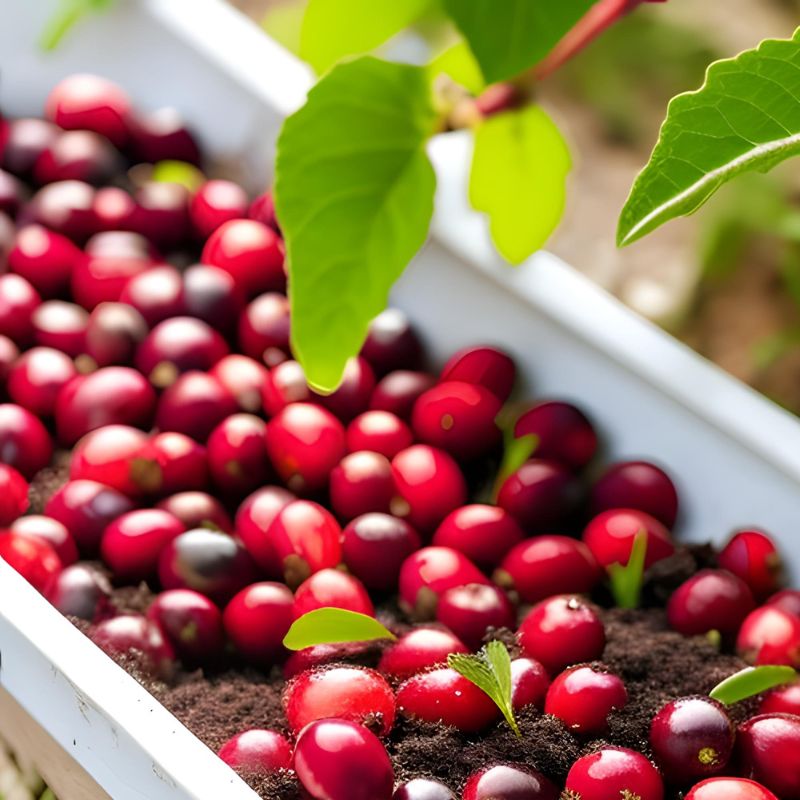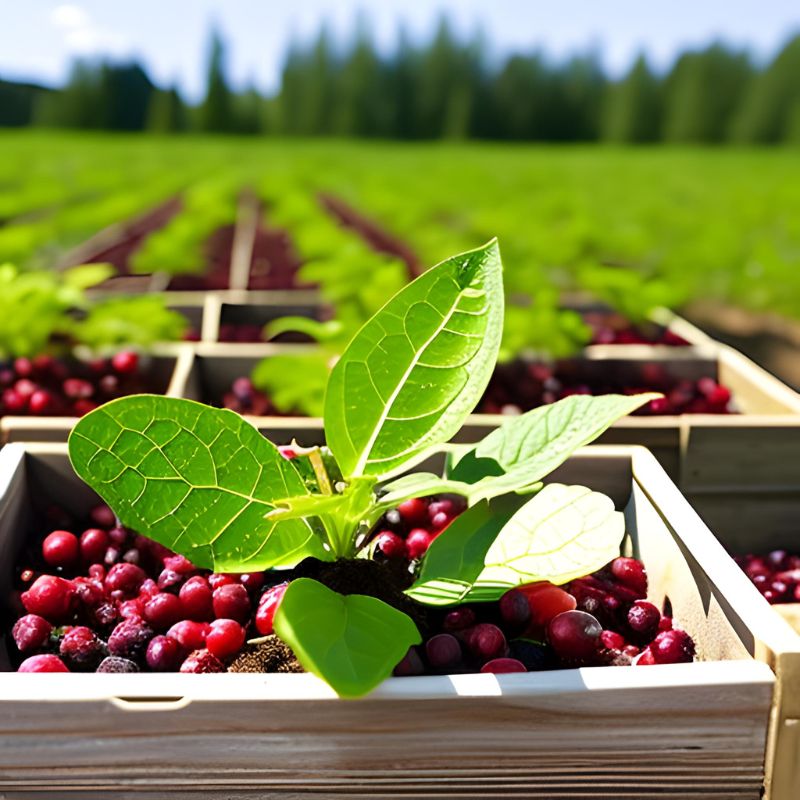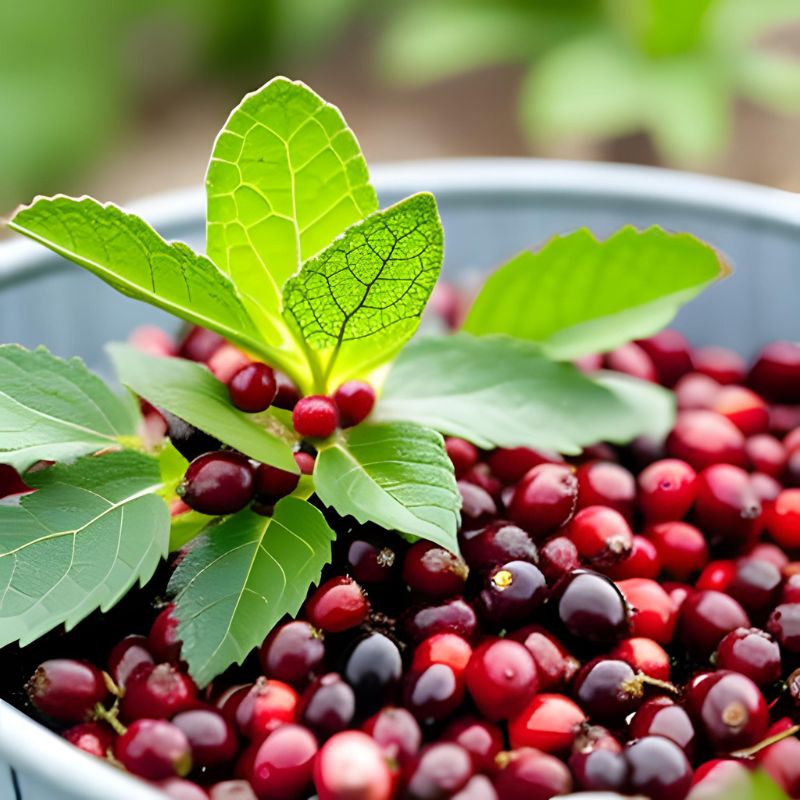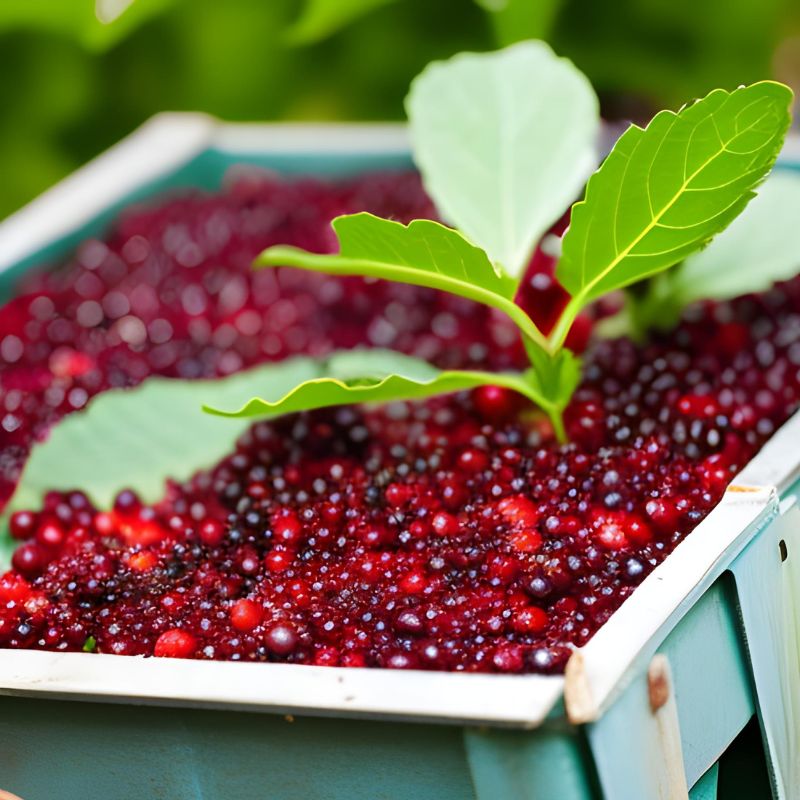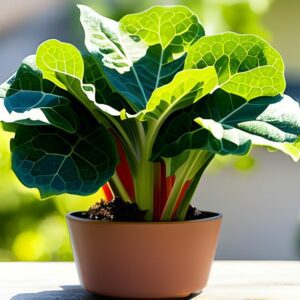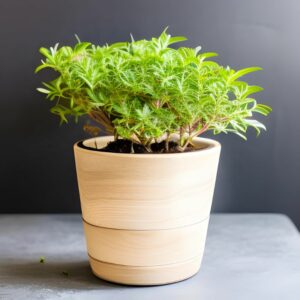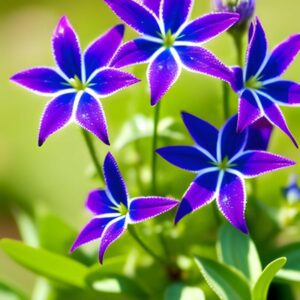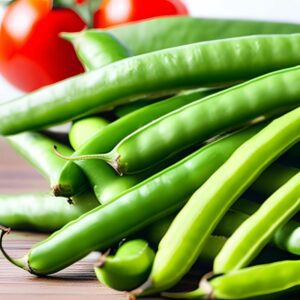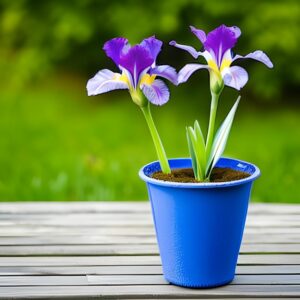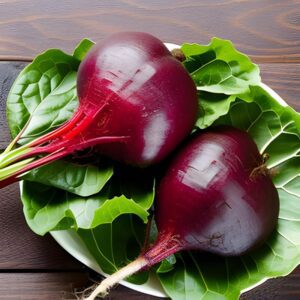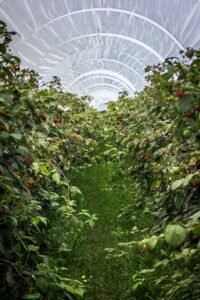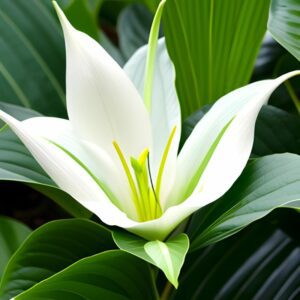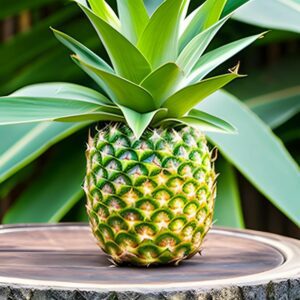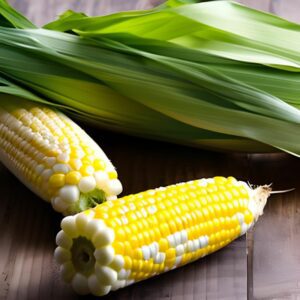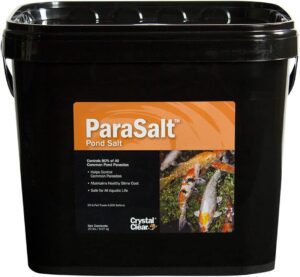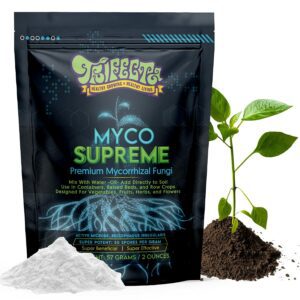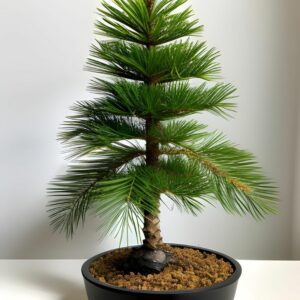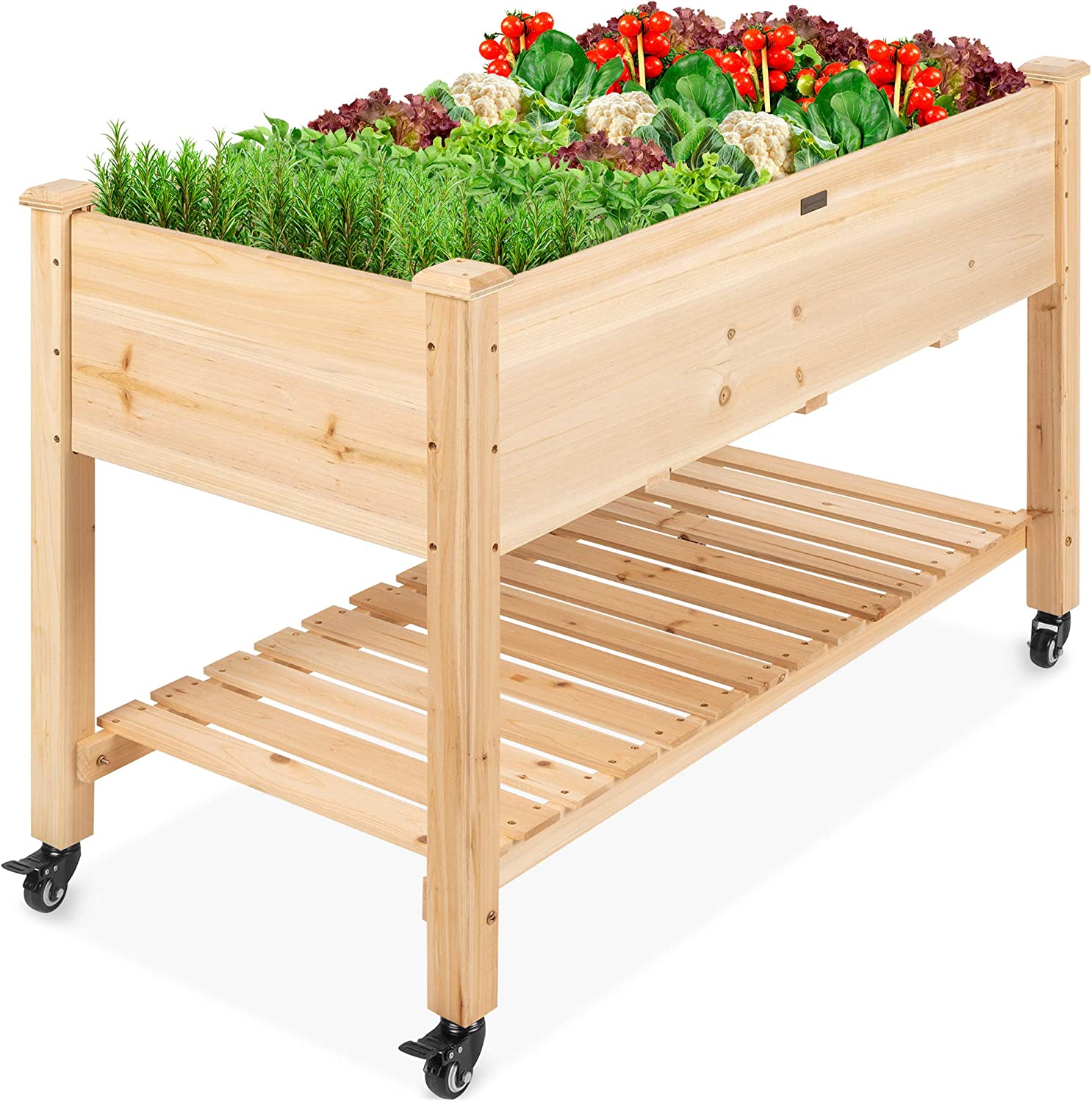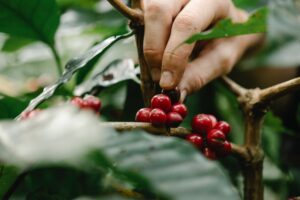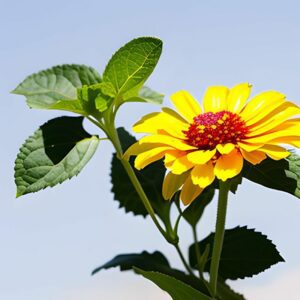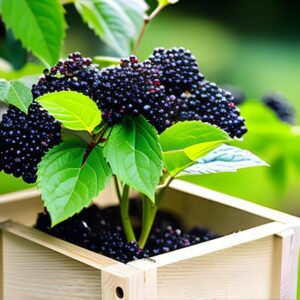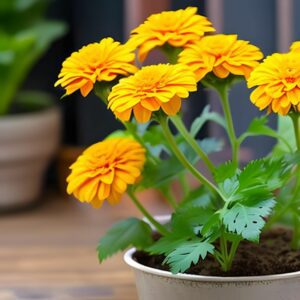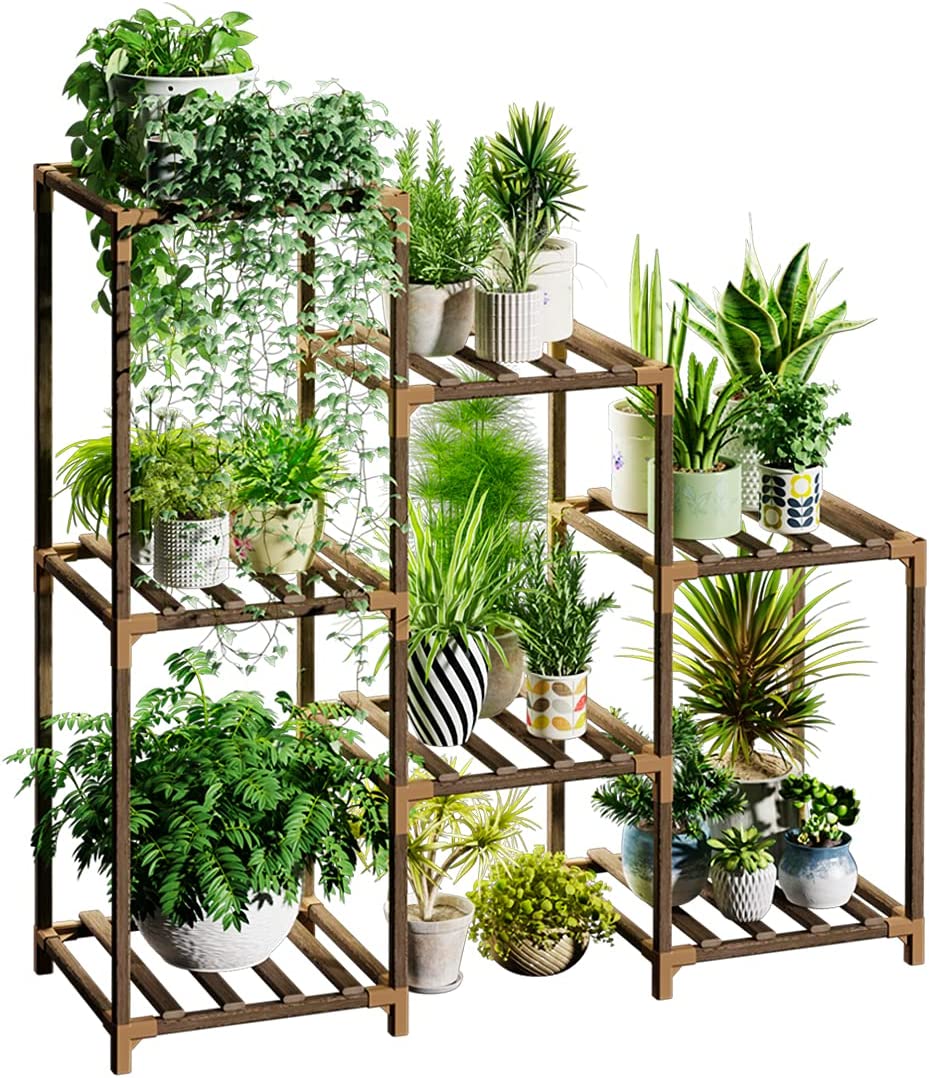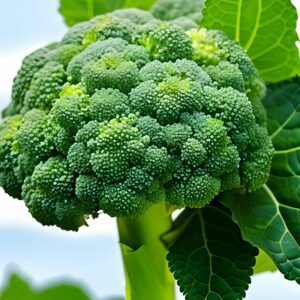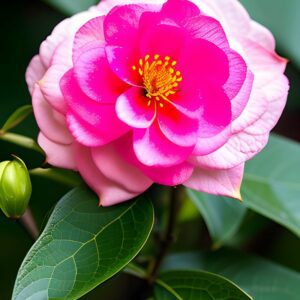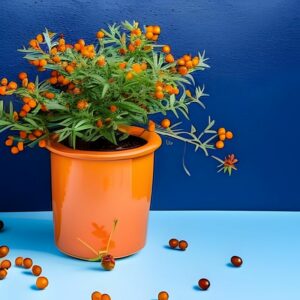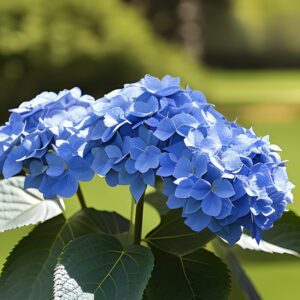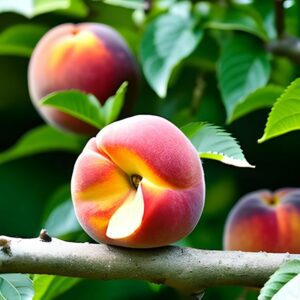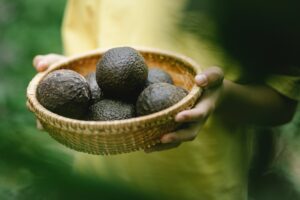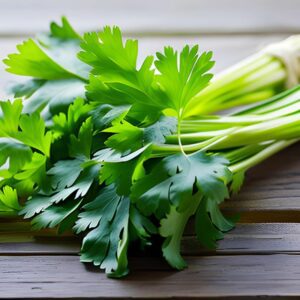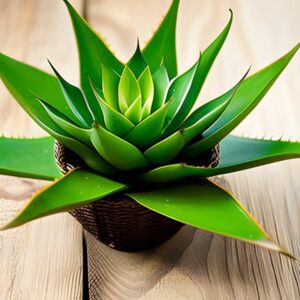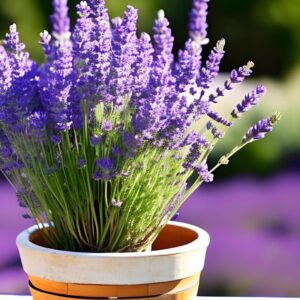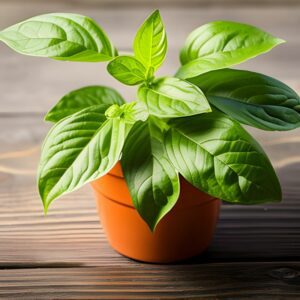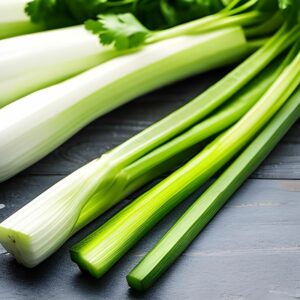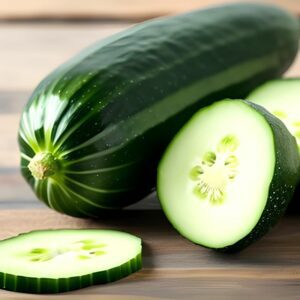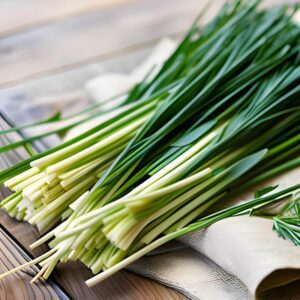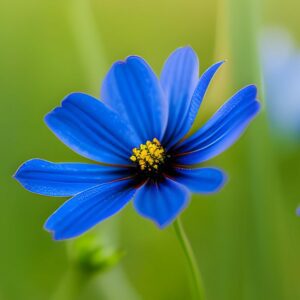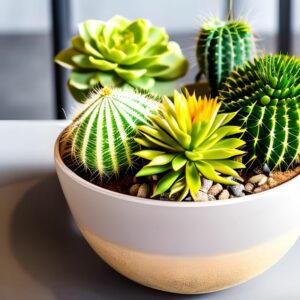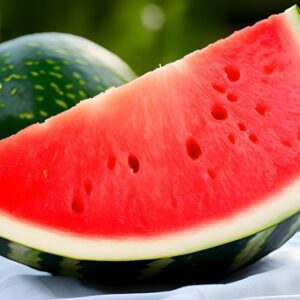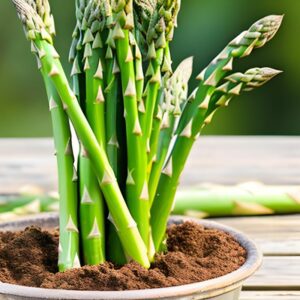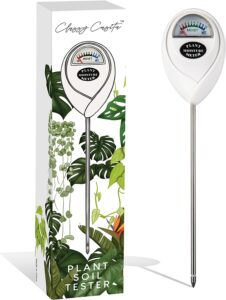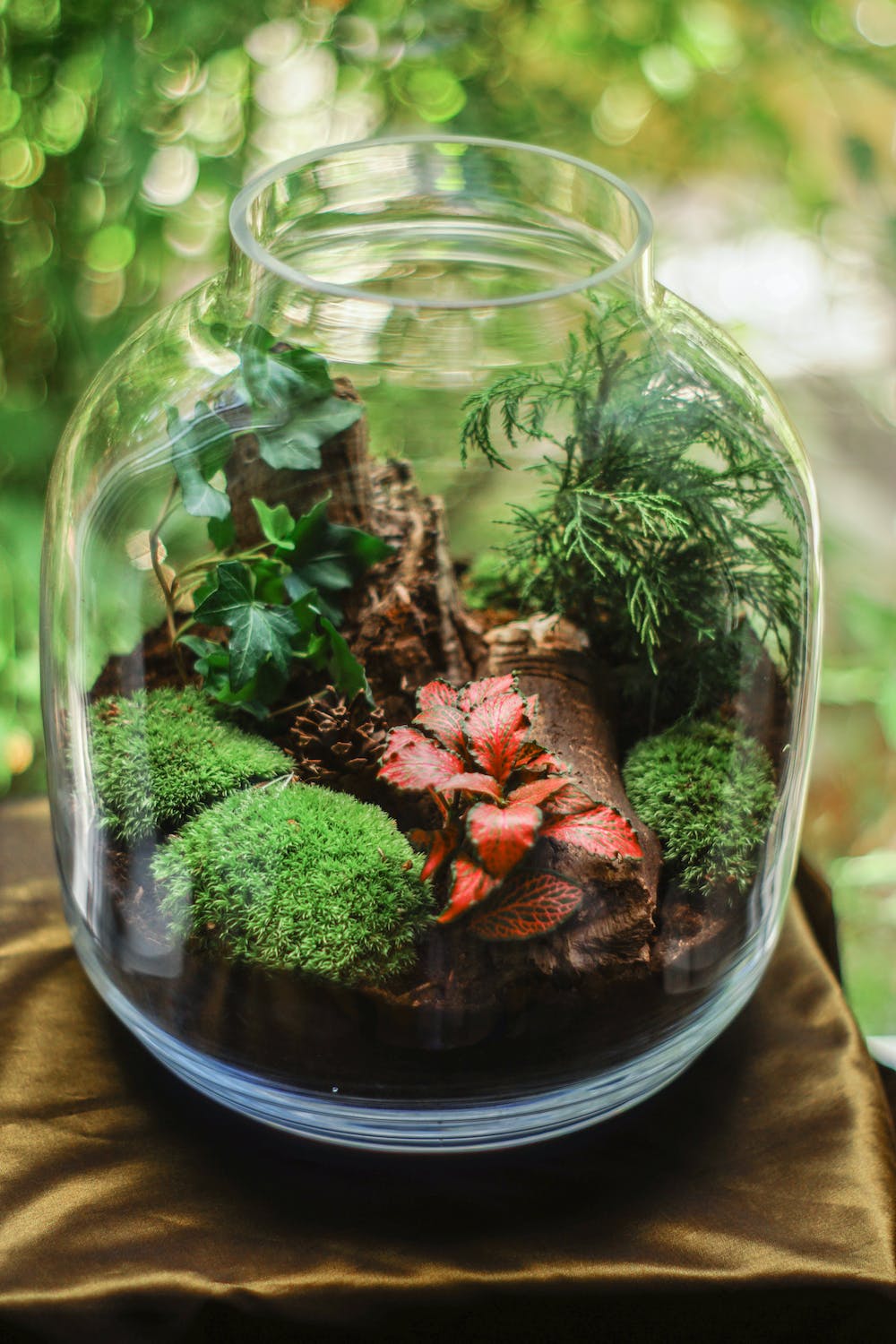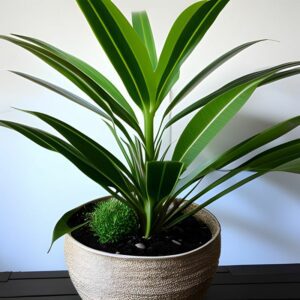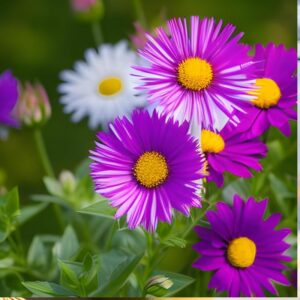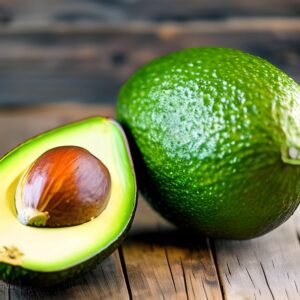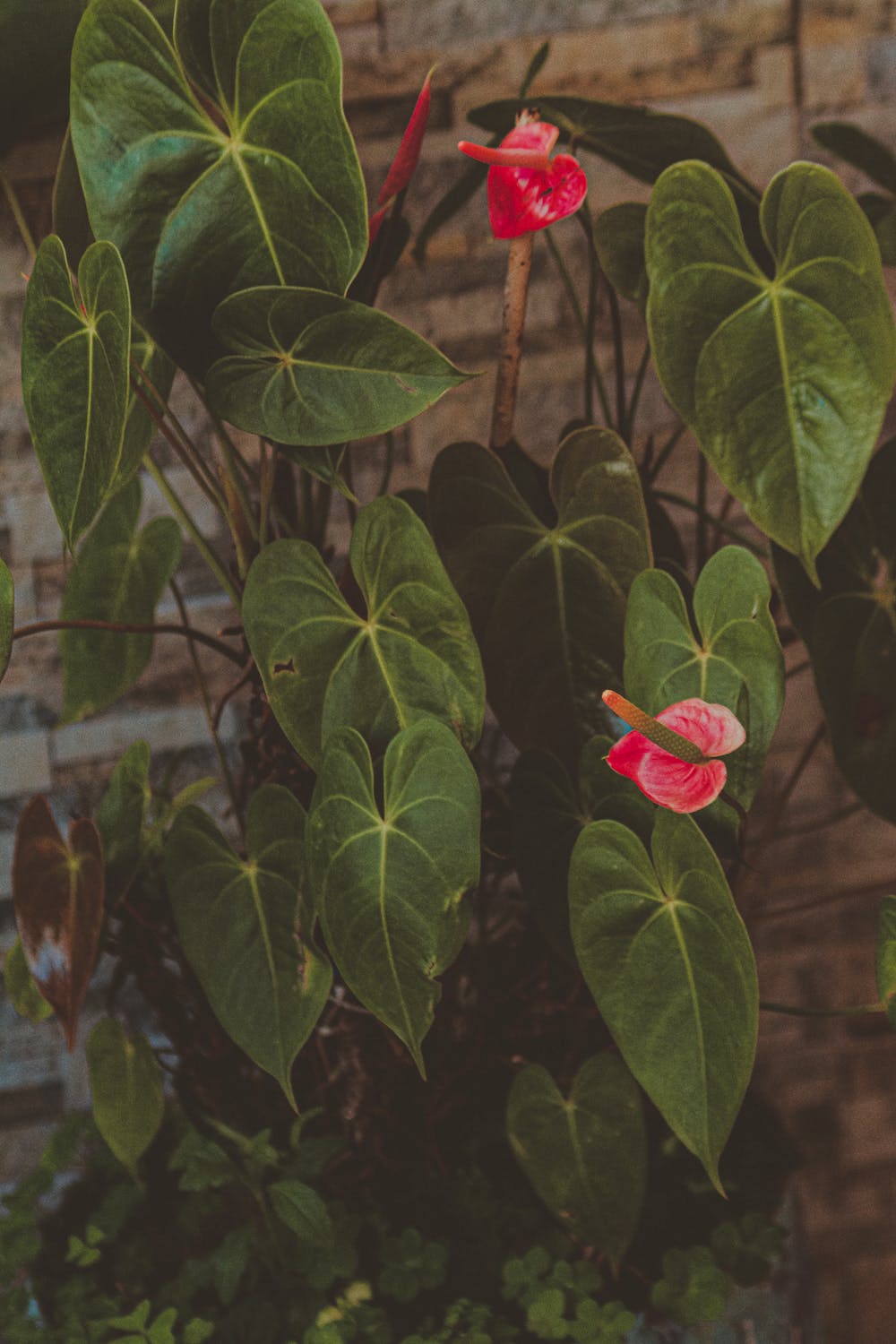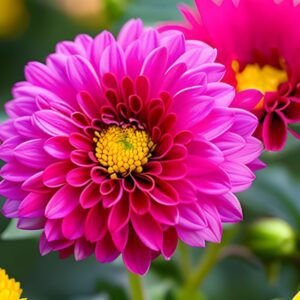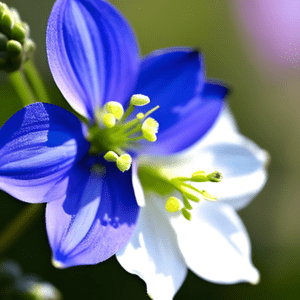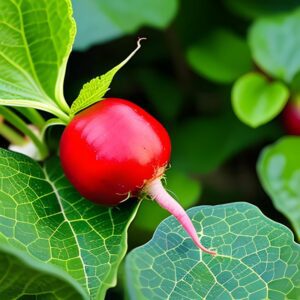Cranberry
Berries
- Americas (North America)
- Moderate
- 3-5 years (from planting)
Introduction
Cranberries are tart and vibrant berries that have their origins in North America. They are popular for their unique taste and versatility in various dishes and beverages. Cranberries are often associated with Thanksgiving and holiday celebrations.
Plant Characteristics
Cranberry plants are low-growing evergreen shrubs that form dense mats. They have small, oval-shaped leaves and delicate pink flowers. The berries are round and red, and they develop within the plant’s thick, creeping stems.
Ideal Growing Conditions
Cranberries require specific growing conditions to thrive. They prefer acidic soil with a pH level between 4 and 5.5. They also require consistent moisture and adequate drainage. Cranberries are typically grown in wetlands or bogs, but they can also be cultivated in containers or raised beds.
Planting Guide
Plant cranberries in early spring or fall. Prepare the soil by incorporating organic matter and adjusting the pH if needed. Space the plants about 1-2 feet apart in rows with 4-6 feet of spacing between the rows. Ensure that the planting area remains consistently moist.
Watering and Fertilizing
Cranberries require consistent moisture, especially during the growing season. Irrigate the plants regularly to keep the soil evenly moist but not waterlogged. Use a balanced fertilizer designed for acid-loving plants according to package instructions to provide essential nutrients.
Pruning and Maintenance
Cranberries don’t require extensive pruning, but you can trim any dead or damaged stems to maintain plant health. Mulch around the plants to conserve moisture, suppress weeds, and protect the shallow roots.
Harvesting or Flowering
Cranberries are typically ready for harvest in the fall, around September to November. They are harvested by flooding the bog or wetland and using special equipment to detach the berries from the vines. At home, you can hand-pick the ripe berries when they have reached their deep red color.
Post-Harvest Care
Fresh cranberries can be stored in the refrigerator for several weeks. They can also be frozen for longer-term storage. Cranberries are often used in sauces, jams, pies, and beverages, adding a tangy and festive flavor to culinary creations.
Troubleshooting
Cranberries are generally disease and pest resistant. However, watch out for common garden pests like aphids and fungal diseases such as fruit rot. Proper cultural practices, including good drainage and maintaining pH levels, can help prevent problems.
Fun Facts
Cranberries are one of the few fruits native to North America. They are rich in antioxidants and are often associated with urinary tract health. Cranberries are a key ingredient in traditional Thanksgiving meals and are used to make the popular cranberry sauce.
